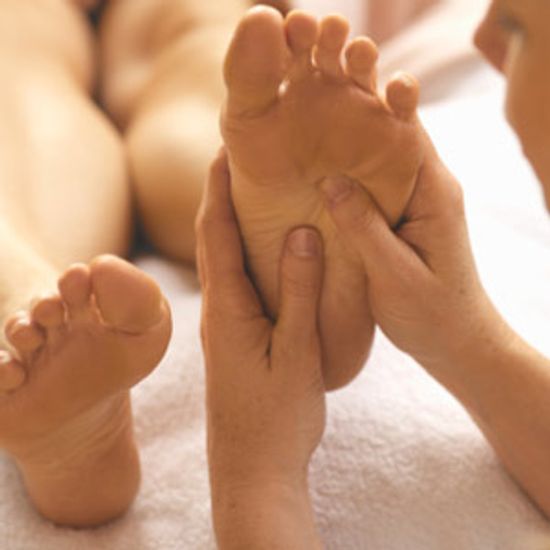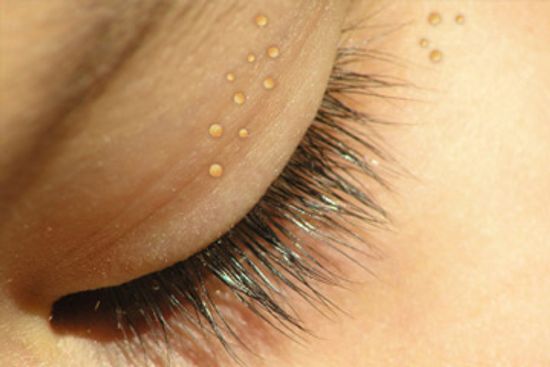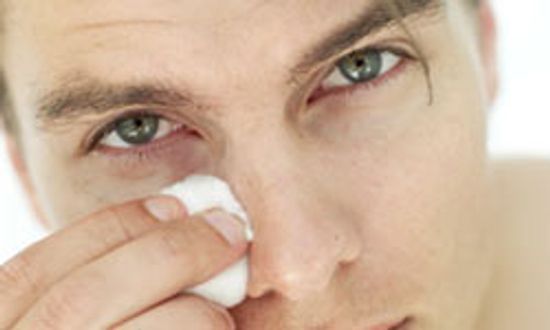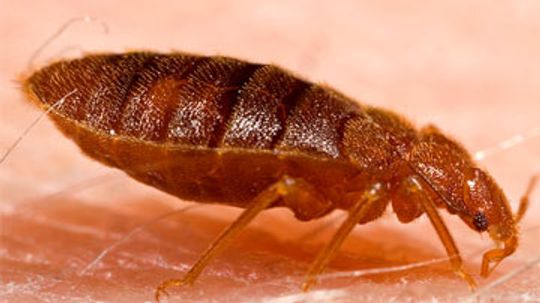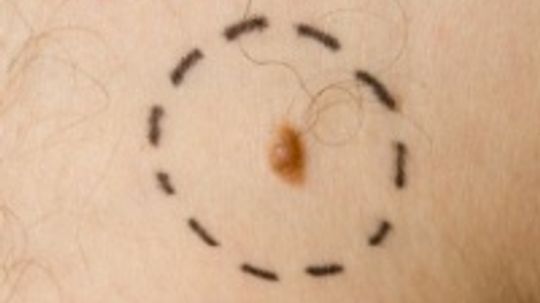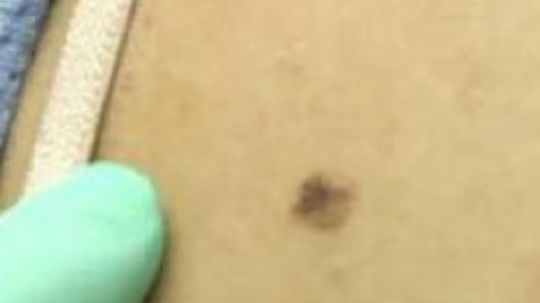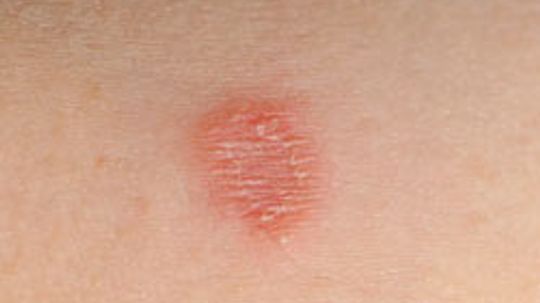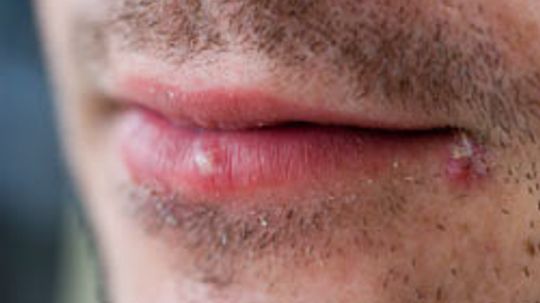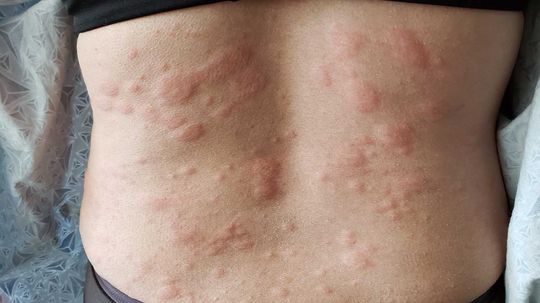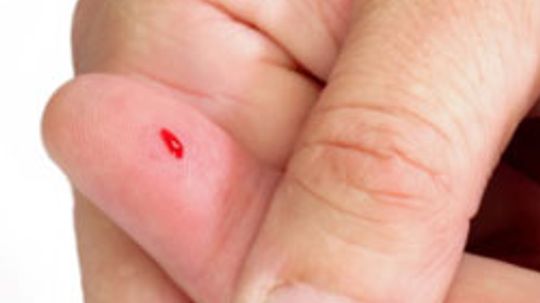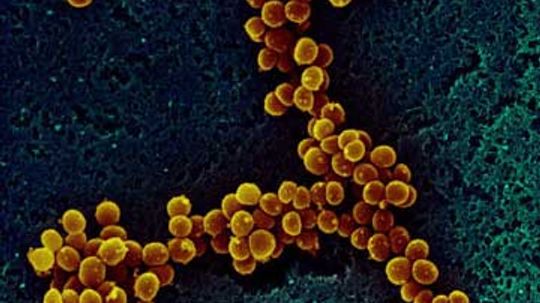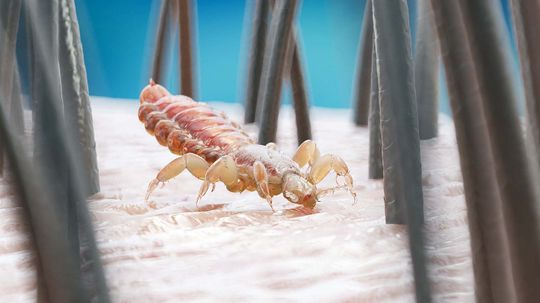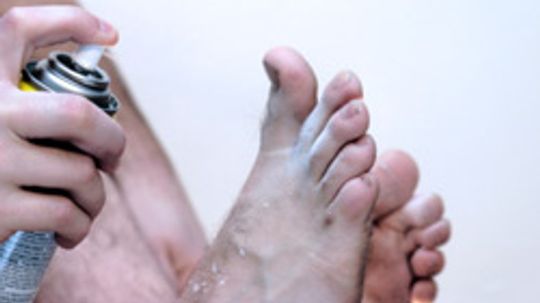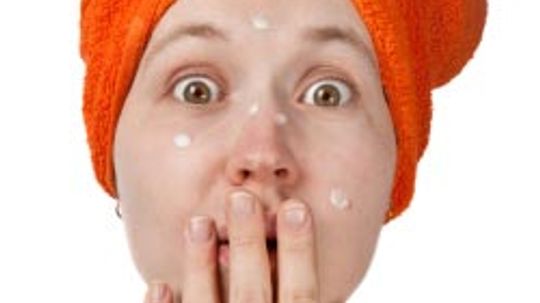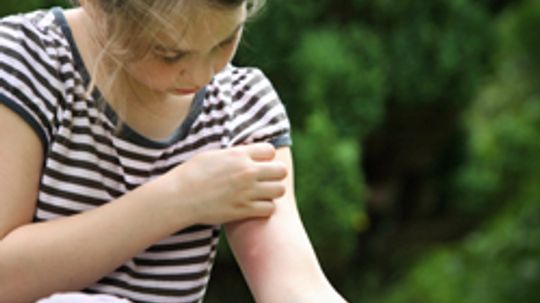Medical Skin Problems
Medical skin problems can be serious and life-threatening. Understanding medical skin problems is extremely helpful in diagnosing them early. This section covers everything to do with medical skin problems.
Learn More
Whether you like it or not, certain critters may see you as a meal. Learn how to avoid common skin parasites like bedbugs, fleas, and lice
Do you know the signs of skin cancer or think that skin cancer isn't a problem? See the signs of skin cancer to protect yourself and get informed.
Not all mole changes signal melanoma, but it's important to have any changes checked out early. Learn what you should do if you have a mole that doesn't look right.
Advertisement
For many, the mere idea of a fungus living in one's skin is repulsive. But if you can distance yourself from the disgust, fungus is actually pretty fascinating.
Cold sores are many things, and, unfortunately, they're caused by a virus that those infected will carry with them for the rest of their lives. Let's look at the causes and some treatments.
As the name suggests, chilblains is a cold-weather skin condition that makes your fingers and toes redden and swell. How can you prevent chilblains if you have to go out in the cold?
By John Kelly
Named for the scaly appearance it causes on the skin, the types of ichthyosis can range from everyday dry skin to more serious, fatal versions. What causes this family of skin conditions, and how can you treat it?
Advertisement
Skin is tough -- because it has to be. It must protect us from the elements and environmental toxins, but what happens when its biggest threat comes from inside the body?
By Josh Clark
It may be easy to dismiss red, itchy bumps on your skin as hives, but it might turn out to be another condition. How can you tell the difference between hives and conditions that look like it?
On Tuesday, you find a seemingly harmless, tiny cut on your ankle. But by Friday, you're in the hospital fighting for your life as you undergo your fifth surgery in three days. Necrotizing fasciitis (aka flesh-eating bacteria) may sound like something out of a science-fiction novel, but it's a very real, potentially fatal illness.
Though some think they're limited to hospitals, you can catch staph infections anywhere from restaurants to locker rooms. How do these infections spread, and what is it like to have one?
Advertisement
From a blue tint to scaly plates, some skin conditions are recognized for their unusual symptoms. What are some of the rarest skin conditions in the world, and what do they look like?
By Jane McGrath
Parasites are creepy to begin with. They live on or in a host, including humans. Some even lay eggs in our skin!
Morgellons Disease, the name for a group of symptoms marked by unidentified fibers that exit a person's body, is still written off by doctors as a mental illness. What's at the root of this mysterious condition?
There's a fungus among us, and it's making us miserable. Athlete's foot, also known as tinea pedis, is an infection caused by a tricky fungus. Can it invade your skin anywhere above your toes?
Advertisement
Often associated with extreme locales, frostbite can affect you even in everyday cold conditions. Why does this condition freeze parts of your body, and how can it help save your life?
Everyone loves hugging and snuggling up to their pets, but did you know that your pet can bring home a host of diseases once it comes in from the yard? If you want to keep from catching a nasty rash from your furry friend, read on.
Getting infected with a skin fungus may be unsightly or embarrassing, but it's actually quite common. What are the most prevalent types of skin fungus, and how do you know if you have one?
By Jane McGrath
Recognizing a flare-up isn't as easy as it seems. Some people who contract herpes never experience any noticeable symptoms at all. So how do you keep from spreading the virus to your partner?
By Julia Layton
Advertisement
We've learned a lot about sexually transmitted diseases, but we're still not sure how they're spread. Can you really get herpes from water fountains and toilet seats? Well ... it's complicated.
By Josh Clark
Feeling blue might be a temporary thing for most people, but for those with argyria -- a condition that turns your skin grayish-blue -- it's a way of life. How can drinking colloidal silver cause this?
Though skin parasites such as lice, bedbugs and scabies affect numerous people every year, most try to keep their infestations private out of fear of appearing unhygienic. But does being clean really have anything to do with it?
These pictures showcase some common -- and not so common -- skin conditions. Learn how to tell the difference between different rashes and bumps.
Advertisement
All kinds of things can irritate your skin. It could be a chemical, a surface or a substance to which you're allergic. What irritants should you avoid, and how do you treat these itchy problems?
Sweat stains are already a pain to get out of shirts, but imagine how difficult it would be if your perspiration came in rainbow colors. What brings on a case of red (or blue or black) sweat?
By Josh Clark



